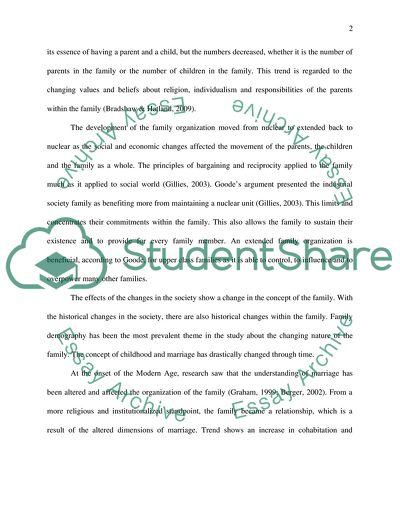Cite this document
(Three Perspectives of the Changing Nature of The Family Coursework, n.d.)
Three Perspectives of the Changing Nature of The Family Coursework. https://studentshare.org/sociology/1729390-sociology-three-different-science-perspective-to-look-at-the-following-question-discuss-the-changing-nature-of-family
Three Perspectives of the Changing Nature of The Family Coursework. https://studentshare.org/sociology/1729390-sociology-three-different-science-perspective-to-look-at-the-following-question-discuss-the-changing-nature-of-family
(Three Perspectives of the Changing Nature of The Family Coursework)
Three Perspectives of the Changing Nature of The Family Coursework. https://studentshare.org/sociology/1729390-sociology-three-different-science-perspective-to-look-at-the-following-question-discuss-the-changing-nature-of-family.
Three Perspectives of the Changing Nature of The Family Coursework. https://studentshare.org/sociology/1729390-sociology-three-different-science-perspective-to-look-at-the-following-question-discuss-the-changing-nature-of-family.
“Three Perspectives of the Changing Nature of The Family Coursework”. https://studentshare.org/sociology/1729390-sociology-three-different-science-perspective-to-look-at-the-following-question-discuss-the-changing-nature-of-family.


